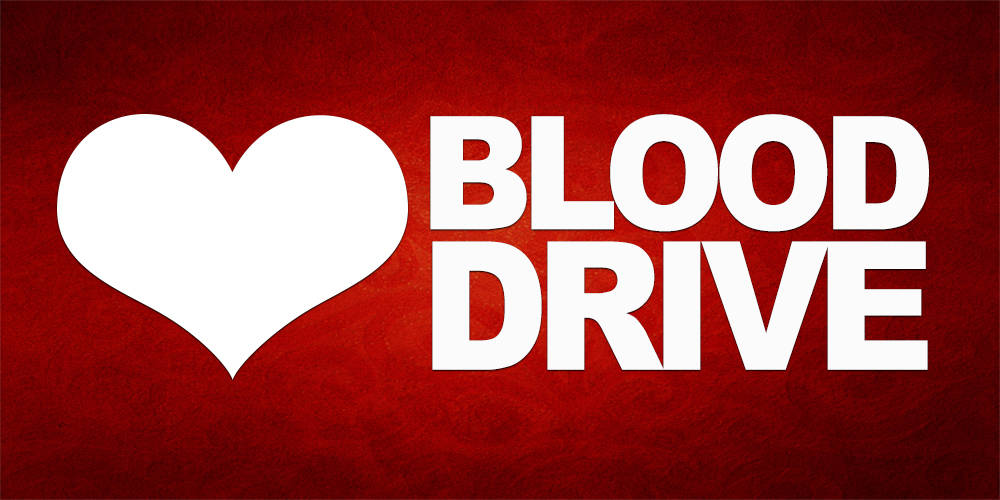The annual “Antler Alert” issued by the Kentucky Transportation Cabinet (KYTC) reminds motorists that the peak season for deer-vehicle collisions is upon us. About half of all deer-related crashes occur during the last three months of the year, with November having the most.
“As our traffic engineers review data for crash trends across the Commonwealth, the increase in deer-vehicle collisions in October, November, and December is noticeable, with a peak in November,” KYTC Secretary Jim Gray said. “That’s why we take time each year to remind drivers to use extra caution now through December as deer and other wildlife are on the move. While deer can show up at all hours, they create a particular hazard at dusk and at night when visibility is not the greatest.”
According to Kentucky Department of Fish and Wildlife Resources Acting Deer Program Coordinator Joe McDermott, deer mating season is triggered by shorter days and cooler nights, putting deer on the move. Farmers harvesting crops contribute to this movement as deer are forced to range farther afield for forage and hiding places.
“With the onset of fall comes the breeding season, or rut, for white-tailed deer,” McDermott said. “As the rut approaches, bucks begin chasing does in an attempt to breed. Deer essentially have blinders on during this time, which makes them particularly susceptible to motor vehicle collisions.”
In addition to causing vehicle damage, deer can be hazardous to humans. Deer are among the leading causes of animal-related human deaths in the United States, contributing to about 200 deaths on America’s highways every year.
In Kentucky, 3,084 highway crashes involving deer were reported to police in 2022, up about 100 from the 2021 numbers. There were four reported fatalities and 20 serious injuries due to deer collisions in 2022.
Of the 12 counties in KYTC District 1, five were in the top 30 for deer crashes statewide: Graves County with 60, Calloway County with 50, Marshall County with 41, Lyon County with 32, and McCracken County with 30. Counties with the highest numbers statewide tend to have higher populations, higher traffic volume numbers, and more 4-lane road miles. Tracking deer crash numbers is difficult to the number of drivers who go directly to their insurance agent with deer crash claims without reporting it to the police.
A complete list of deer-vehicle crashes listed county-by-county can be found under additional resources below.
State Farm Mutual Automobile Insurance Co. reviews insurance claims to produce a closely followed annual report on wildlife-related crashes. Its 2022-2023 numbers indicate Kentucky ranks 18th nationally for deer collisions, with drivers having a 1 in 91 chance of hitting a deer. That compares with No. 1 ranked West Virginia, where drivers have a 1 in 38 chance.
State Farm estimates there were over 1.8 million animal collision insurance claims in the United States last year.
Rounding out the top 10 states: Montana (1 in 53 chance of a crash), Pennsylvania (1 in 59), Michigan and Wisconsin (both 1 in 60), Iowa, Mississippi, South Dakota, Virginia and Missouri. (What are the figures for the last 5?)
KYTC offers these driving tips:
- Slow down immediately upon spotting a deer crossing the roadway; they tend to travel in groups.
- Don’t swerve to avoid a deer, which can result in a more serious crash with an oncoming vehicle or roadside object.
- In the event of a crash, keep both hands on the wheel and apply brakes steadily until stopped.
- Always wear a seat belt.
- Keep headlights on bright at night unless other vehicles are approaching.
- Eliminate distractions while driving: Phones down!
- Drive defensively, constantly scanning the roadside, especially at dawn and dusk, when deer are most active.
Motorists are asked to report all deer-vehicle collisions to police. KYTC traffic engineers use the crash data to aid in placing deer-crossing warning signs and other safety measures.
###
Additional Resources
https://transportation.ky.gov/Documents/Crash-Deer-2022.xlsx
https://transportation.ky.gov/Documents/2022-Reported-Deer-Collisions-Kentucky.pdf
Deer Crash Numbers 2017 to 2022
| Year | Total Collisions | Fatalities | Suspected Serious Injury | Suspected Non-Serious Injury | Possible Injury |
| 2023 | 3,083 | 4 | 20 | 59 | 65 |
| 2021 | 2,988 | 3 | 25 | 82 | 58 |
| 2020 | 2,886 | 3 | 11 | 65 | 80 |
| 2019 | 3,069 | 3 | 12 | 71 | 82 |
| 2018 | 3,073 | 3 | 8 | 45 | 82 |
| 2017 | 3,181 | 0 | 17 | 66 | 86 |









